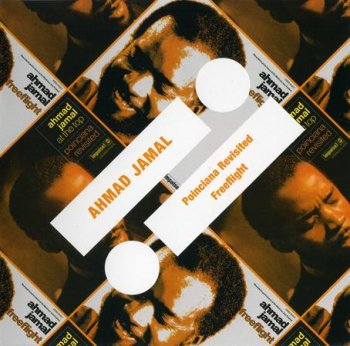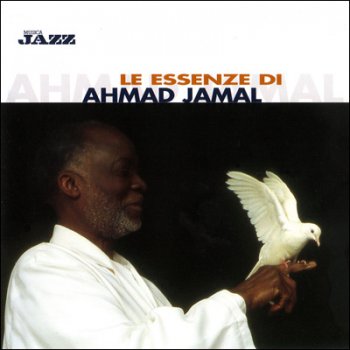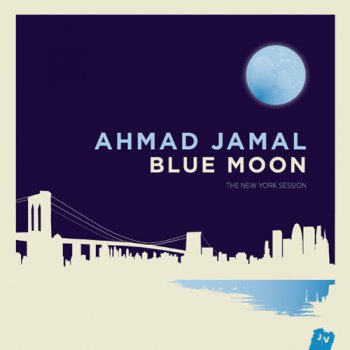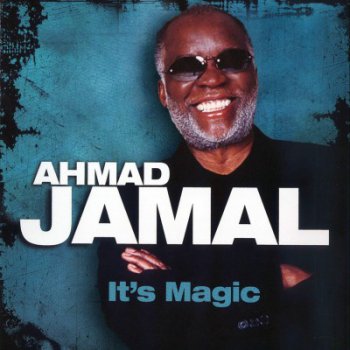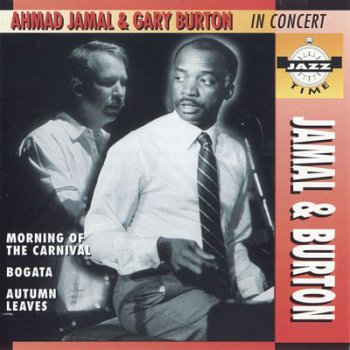MAGNUM «Discography» (24 × CD · Japan 1St Press · 1978-2024)
Performer: MAGNUM / ディスコグラフィー Album / collection: «Discography / ディスコグラフィー» Label: (c)(p) 1978-2024 Jet / Polydor / SPV Source: Rip by KoGGaN™ scans by inet… Official DR value: •13•11•12•12•11•13•14• •12•11•12•11•11•9•11•6/8•6•6•6•5/5•5•5•6• Catalog (Barcode): much… Genre / Style: Rock, Melodic Rock, AOR, Pomp Rock Year (info): 1978-2024 (24 × First Press CD, Collection—) Format: WV (image + .cue) Bitrate: lossless Covers: in archive Amount of tracks: 256 Total time: 20:46:11 Size RAR: ~ 11,51
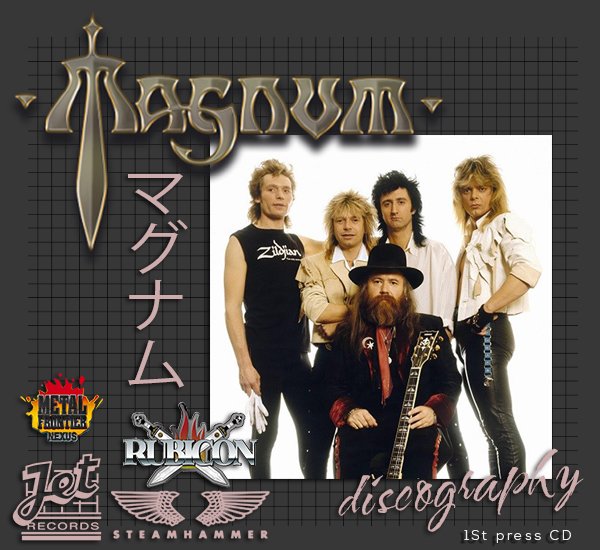
MAGNUM «Discography» (24 × CD · Japan 1St Press · 1978-2024)
Performer: MAGNUM / ディスコグラフィー Album / collection: «Discography / ディスコグラフィー» Label: (c)(p) 1978-2024 Jet / Polydor / SPV Source: Rip by KoGGaN™ scans by inet… Official DR value: •13•11•12•12•11•13•14• •12•11•12•11•11•9•11•6/8•6•6•6•5/5•5•5•6• Catalog (Barcode): much… Genre / Style: Rock, Melodic Rock, AOR, Pomp Rock Year (info): 1978-2024 (24 × First Press CD, Collection—) Format: WV (image + .cue) Bitrate: lossless Covers: in archive Amount of tracks: 256 Total time: 20:46:11 Size RAR: ~ 11,51
17 10, 2025
Battle Beast - Steelbound 2025
Исполнитель: Battle Beast Альбом: Steelbound Жанр: Heavy Metal, Power Metal Год: 2025 Страна: Finland (Helsinki, Uusimaa) Лейбл: Nuclear Blast Формат: FLAC (tracks) Official DR value: DR6 Разрядность: 24bit / 44.1kHz Stereo Размер: 466 MB Инфо: bandcamp Залито на: XFile (3% восстановление) «Exclusive for Lossless-Galaxy»

Battle Beast - Steelbound 2025
Исполнитель: Battle Beast Альбом: Steelbound Жанр: Heavy Metal, Power Metal Год: 2025 Страна: Finland (Helsinki, Uusimaa) Лейбл: Nuclear Blast Формат: FLAC (tracks) Official DR value: DR6 Разрядность: 24bit / 44.1kHz Stereo Размер: 466 MB Инфо: bandcamp Залито на: XFile (3% восстановление) «Exclusive for Lossless-Galaxy»
17 10, 2025
Sabaton - Legends 2025
Исполнитель: Sabaton Альбом: Legends Жанр: Power Metal Год: 2025 Страна: Sweden (Falun, Dalarna) Лейбл: Better Noise Music Формат: FLAC (tracks) Official DR value: DR6 Разрядность: 16bit / 44.1kHz Stereo Размер: 335 MB Инфо: bandcamp Залито на: XFile (3% восстановление) «Exclusive for Lossless-Galaxy»

Sabaton - Legends 2025
Исполнитель: Sabaton Альбом: Legends Жанр: Power Metal Год: 2025 Страна: Sweden (Falun, Dalarna) Лейбл: Better Noise Music Формат: FLAC (tracks) Official DR value: DR6 Разрядность: 16bit / 44.1kHz Stereo Размер: 335 MB Инфо: bandcamp Залито на: XFile (3% восстановление) «Exclusive for Lossless-Galaxy»
17 10, 2025
Жанры
Lossless Galaxy Release
Русская музыка
--Поп
--Рок
--Панк
--Альтернатива
--Металл
--Рэп, Хип-Хоп, R'n'B
--Джаз и Блюз
--Фолк
--Шансон, Авторская песня
--СССР
Зарубежная музыка
--Pop
--Rock
--Hard Rock
--Progressive & Art-Rock
--Pop-Rock & Soft Rock
--Instrumental Rock
--Heavy, Traditional, Industrial Metal
--Power, Gothic, Sympho Metal
--Thrash, Speed, Groove, Modern Metal
--Death, Melodic Death, Doom, Dark Metal
--Black, Pagan, Folk, Viking Metal
--Alternative
--Punk
--Disco, Eurodance
--Rap, Hip Hop, R'n'B
--Reggae, Ska, Dub
--Jazz, Blues, Soul
--Folk, Country, Ethnic
--Electronic, Ambient, New Wave
--House, Techno, Trance
Другие жанры
--New Age, Relax, Meditative & Flamenco
--Chillout, Lounge, Downtempo, Trip-Hop
--Drum & Bass, Jungle, Breakbeat, IDM
--Classical / Классическая музыка
--Soundtrack
--Музыкальные сказки
Vinyl Rip
HI-Res / DVD-Audio / DTS
--SACD
--DSD
--DVD-Audio
Сборники Lossless-Galaxy
Альбомы 2022
Альбомы 2023
Альбомы 2024
Теги
1st Press 2022 2023 2024 2025 70... AOR Black Metal Blues Blues Rock Bootleg Series Classic Rock Death Metal Discography Exclusive for Lossless-Galaxy Folk Rock Fusion Hard Rock Heavy Metal Hi-Res Japanese Edition Jazz Jazz Rock lossless Melodic Death Metal Melodic Rock Modern Electric Blues Pop Pop Rock Power Metal Prog Rock Progressive Metal Progressive Rock Psych Rock Psychedelic Rock Rock SACD Symphonic Metal Thrash Metal Дискографии от KoGGaN
Архивы
Опрос
В каком формате хотели бы видеть релизы на сайте ?
 Автор: sirk, 18 декабря 2022, Комментариев: 0, Просмотров: 691
Автор: sirk, 18 декабря 2022, Комментариев: 0, Просмотров: 691Ahmad Jamal - Poinciana Revisited & Freeflight (1969/1971) (Remastered, 2011)
Artist: Ahmad Jamal
Title Of Album: Poinciana Revisited & Freeflight
Year Of Release: 1969/71/2011
Label (Catalog#) Impulse! [06007 5334730]
Country: USA
Genre: Jazz
Bitrate: Lossless
Quality: Flac (*tracks+cue,log,scans)
Time: 01:20:53
Full Size: 733MB
Title Of Album: Poinciana Revisited & Freeflight
Year Of Release: 1969/71/2011
Label (Catalog#) Impulse! [06007 5334730]
Country: USA
Genre: Jazz
Bitrate: Lossless
Quality: Flac (*tracks+cue,log,scans)
Time: 01:20:53
Full Size: 733MB
Tracks:
-------
Poinciana Revisited
01. Have You Met Miss Jones [Written-By – Rodgers & Hart] - 3:48
02. Poinciana [Written-By – Buddy Bernier, Nat Simon] - 9:20
03. Lament [Written-By – Ahmad Jamal] - 8:05
04. Call Me [Written-By – Tony Hatch] - 4:51
05. Theme From Valley Of The Dolls [Written-By – André Previn, Dory Previn] - 4:23
06. Frank's Tune [Written-By – Frank Stozier] - 5:50
07. How Insensitive [Written-By – Antonio Carlos Jobim, Vinicius De Moraes] - 5:50
Freeflight
08. Introduction 0:53
09. Effendi [Written-By – McCoy Tyner] - 11:27
10. Dolphin Dance [Written-By – Herbie Hancock] - 4:51
11. Manhattan Reflections [Written-By – Ahmad Jamal] - 10:01
12. Poinciana [Written-By – Buddy Bernier, Nat Simon] - 11:29
Personnel:
---------
Bass – Jamil Nasser (tracks: 1 to 7), Jamil Sulieman Nasser (tracks: 8 to 12)
Drums – Frank Gant
Electric Piano [Fender Rhodes] – Ahmad Jamal (tracks: 8 to 12)
Piano – Ahmad Jamal
Notes::
Tracks 1 to 8 recorded live, 1969, Top of the Village Gate, New York City, originally released as Impluse A(S)9176 (1969).
Tracks 8 to 12 recorded live June 17, 1971, Montreux Jazz Festival Switzerland, originally released as Impluse A(S)9217 (1971).
All thanks to original releaser
-------
Poinciana Revisited
01. Have You Met Miss Jones [Written-By – Rodgers & Hart] - 3:48
02. Poinciana [Written-By – Buddy Bernier, Nat Simon] - 9:20
03. Lament [Written-By – Ahmad Jamal] - 8:05
04. Call Me [Written-By – Tony Hatch] - 4:51
05. Theme From Valley Of The Dolls [Written-By – André Previn, Dory Previn] - 4:23
06. Frank's Tune [Written-By – Frank Stozier] - 5:50
07. How Insensitive [Written-By – Antonio Carlos Jobim, Vinicius De Moraes] - 5:50
Freeflight
08. Introduction 0:53
09. Effendi [Written-By – McCoy Tyner] - 11:27
10. Dolphin Dance [Written-By – Herbie Hancock] - 4:51
11. Manhattan Reflections [Written-By – Ahmad Jamal] - 10:01
12. Poinciana [Written-By – Buddy Bernier, Nat Simon] - 11:29
Personnel:
---------
Bass – Jamil Nasser (tracks: 1 to 7), Jamil Sulieman Nasser (tracks: 8 to 12)
Drums – Frank Gant
Electric Piano [Fender Rhodes] – Ahmad Jamal (tracks: 8 to 12)
Piano – Ahmad Jamal
Notes::
Tracks 1 to 8 recorded live, 1969, Top of the Village Gate, New York City, originally released as Impluse A(S)9176 (1969).
Tracks 8 to 12 recorded live June 17, 1971, Montreux Jazz Festival Switzerland, originally released as Impluse A(S)9217 (1971).
All thanks to original releaser
Внимание! У Вас нет прав для просмотра скрытого текста.
Изменил: sirk по причине: RE-UP
Похожие новости:
Комментарии отсутствуют
Добавить комментарий!
Информация
Посетители, находящиеся в группе Гости, не могут оставлять комментарии к данной публикации.
